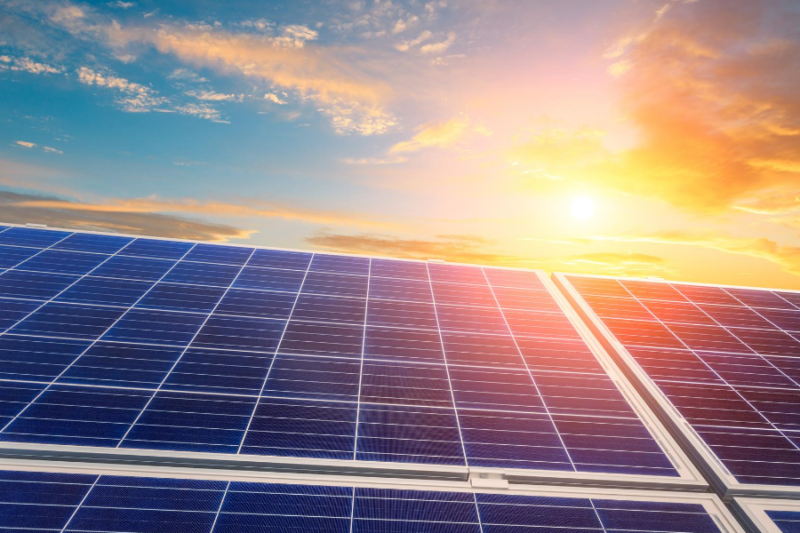
Ever wondered how a solar panel converts the sun’s energy into electrons? It comes down to, among other things, about 20 grams of silver.
“Silver has the highest electrical and thermal conductivity of any element on the face of the Earth,” SIMEC Energy Australia’s Sturt Daley explains. “It’s a unique mineral that simply does it the best, and its resistant to corrosion at most moisture levels, unlike other material.”
As project manager of SIMEC’s Cultana Solar Farm, being developed outside of Whyalla in South Australia, Daley is well familiar with the workings of a solar panel. The Cultana initiative will feature 780,000 solar panels in the largest single-phase solar farm build in Australian currently.
“I’ve certainly put a few of them up and we’ve worked a lot with manufacturers and suppliers around the world,” he says, explaining that the silver components of the solar panels represent about 6 per cent of the total cost.
Each panel has silver paste applied inside, sitting underneath layers of silicon. The silver paste collects electrons and distributes them as a direct current.
“Silver has the highest electrical and thermal conductivity of any element on the face of the Earth,”
“Silver has superior resistivity – the collection of electricity – which increases the potential sunlight being captured and energy that can be passed on,” Daley says, adding that the ongoing research is resulting in greater efficiencies in the use of silver in solar panels, “which means … the price of the panel comes down”.
Further research and development in the space of bifacial solar panels – which have the ability to collect sun from the front as well as the ground reflection underneath – will produce further efficiencies “which means we are doing more with the available land”, Daley says.
And in another first, the Cultana Solar Farm initiative is trialling a new technique to minimise the impact on the land and vegetation. Instead of grading and clearing the last, the saltbush vegetation will be rolled and kept, reducing dust and minimising the loss of native vegetation.
The original version appeared in the South Australian Chamber of Mines and Energy Resourceful publication.
